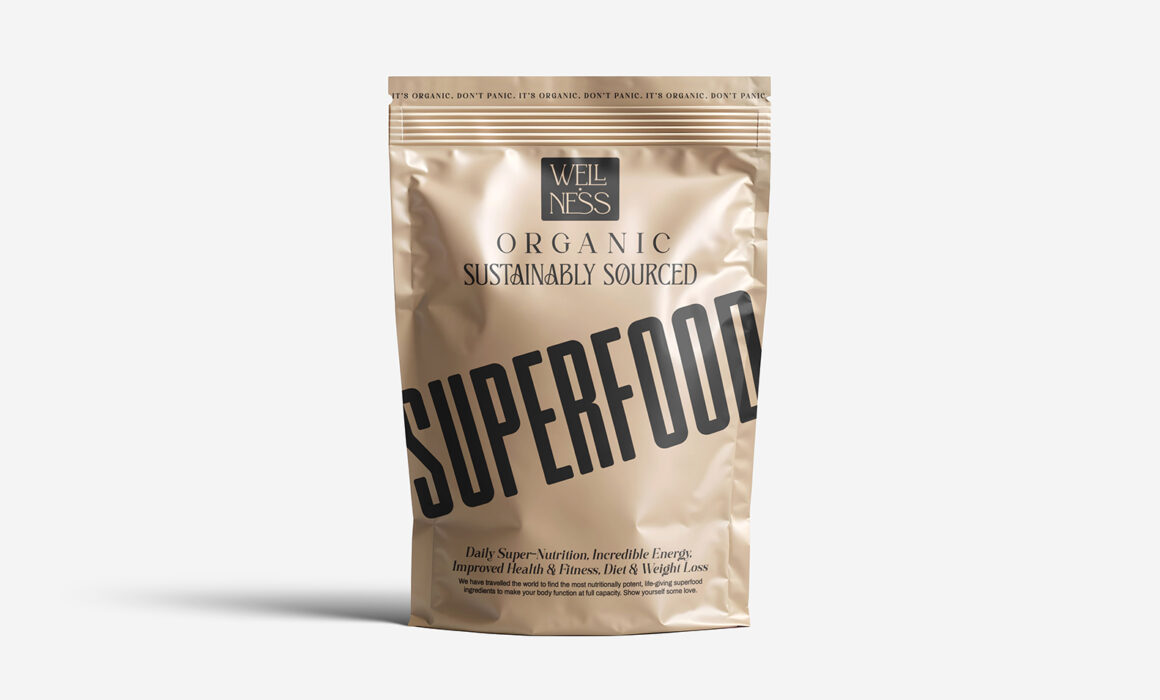Sustainable Branding: Cultivating Growth in the Organic Food Market
Sustainable Branding: Cultivating Growth in the Organic Food Market
In recent years, the organic food market has experienced an exceptional consumer interest and demand surge fueled by a combination of factors, such as increased consciousness regarding health, sustainability, and environmental concerns. This shift in consumer behavior is not merely a trend but rather a fundamental change in lifestyle choices, as individuals increasingly recognize the profound impact of their dietary decisions on personal well-being and the planet at large. This switch in consumer behavior underscores the growing importance of sustainability and health and presents a significant opportunity for businesses in the organic food industry to thrive.
With this growing consciousness, businesses operating in the organic food industry have a significant opportunity to meet and exceed consumer expectations. However, in a marketplace inundated with options, offering organic products is no longer sufficient to capture consumers’ attention and loyalty. Instead, businesses must adopt a strategic approach to branding, emphasizing packaging and logo design as pivotal components of their brand identity.
So, what exactly do health-conscious consumers expect from organic brands, and how can businesses meet these expectations through packaging and logo design?
Meeting Consumer Expectations through Strategic Sustainable Branding:
Transparency and Authenticity:
- In an era characterized by skepticism and scrutiny, health-conscious consumers demand transparency and authenticity from the brands they support. They seek reassurance that their products align with their values and meet stringent quality standards.
- Packaging and logo design serve as powerful tools for conveying transparency and authenticity. Clear messaging, explicitly labeling ingredients and sourcing practices, and imagery that resonates with consumers’ values all build trust and credibility.
Example: “Honest Tea” prominently displays information about its ethically sourced ingredients and fair trade practices on its packaging, reinforcing its commitment to transparency and authenticity.
Quality and Sustainability:
- As concerns about environmental sustainability continue to mount, consumers are increasingly discerning about the ecological footprint of the products they consume. They expect organic brands to prioritize quality and demonstrate a genuine commitment to sustainable practices throughout the supply chain.
- Packaging plays a crucial role in showcasing a brand’s dedication to sustainability. By using eco-friendly materials, minimizing waste, and adopting innovative packaging solutions, organic brands can showcase their commitment to environmental stewardship.
Example: “Dr. Bronner’s” employs post-consumer recycled plastic bottles for its liquid soap, demonstrating its commitment to sustainability.
Visual Appeal and Differentiation:
- With the organic food market becoming increasingly saturated, differentiation is essential for success. Organic brands must find creative ways to stand out on crowded shelves and capture consumers’ attention amidst competing products.
- Eye-catching designs, vibrant colors, and unique packaging formats effectively create a memorable impression and distinguish a brand from its competitors.
Example: “RXBAR” employs minimalist packaging with bold, simple designs and transparent windows that showcase the product’s natural ingredients, making it instantly recognizable and appealing to health-conscious consumers.
To effectively leverage packaging and logo design to resonate with health-conscious consumers, organic brands should take a multifaceted approach:
- Collaborate with like-minded Designers: Partner with graphic artists and packaging designers who share your commitment to sustainability, authenticity, and quality. A graphic artist who shares your environmental and quality concerns can be invaluable to your brand’s success. Seek out designers who understand the organic market and its design trends, prioritize sustainable design principles, and create logos and packaging that are both beautiful and functional. Their expertise will help translate your brand story into a visual narrative that profoundly connects to your intended audience, setting you apart in the competitive organic food market.
- Integrate Eco-friendly Materials and Design Elements: Utilize sustainable materials and design elements that reflect your brand’s values and resonate with consumers’ preferences. Consider recycled paper, vegetable-based inks, and biodegradable packaging to showcase your environmental responsibility.
- Communicate Transparently: Ensure your packaging design communicates clear and transparent messaging about ingredients, sourcing practices, and sustainability initiatives. Transparency builds consumer trust and credibility, reinforcing your commitment to quality and sustainability.
- Innovate and Evolve: Continuously innovate and evolve your packaging and logo design to remain relevant and appealing to changing consumer preferences and market trends. Stay abreast of emerging design trends and consumer strategies to stay ahead.
Sample Packaging Ideas:
- Sustainable Materials: Opt for packaging materials that prioritize the planet, such as recycled, recyclable, or compostable options. Showcase your environmental responsibility through thoughtful material choices.
- Stand-Up Pouches: Consider using stand-up pouches, which are both economical and stylish. These pouches offer versatility for packaging dry and liquid goods while providing a longer shelf life. Their unique design also helps your product stand out on the shelf, drawing attention from health-conscious consumers.
- Customization and Versatility: Look for packaging solutions with customization options to align with your branding. Choose eco-friendly options like quad-seal bags, which can be customized with your branding while maintaining sustainability.
Design Savvy: Your Organic Branding Partner
Beautiful packaging is essential, but it shouldn’t come at the expense of functionality. Our designer create logos and packaging that are both aesthetically pleasing and practical. They’ll translate your brand story into a visual language that connects with your target audience, setting you apart on crowded shelves.
We at Design Savvy are passionate about creating impactful branding that aligns with your values. We go beyond just designing packaging; we craft stories that resonate with your audience. Whether you’re a seasoned organic brand or a fresh sprout in the market, we can help you flourish.
Ready to cultivate a brand that thrives?
Partner with Design Savvy today! Contact us at https://design-savvy.com/ for all your organic (and non-organic) packaging and branding needs.





